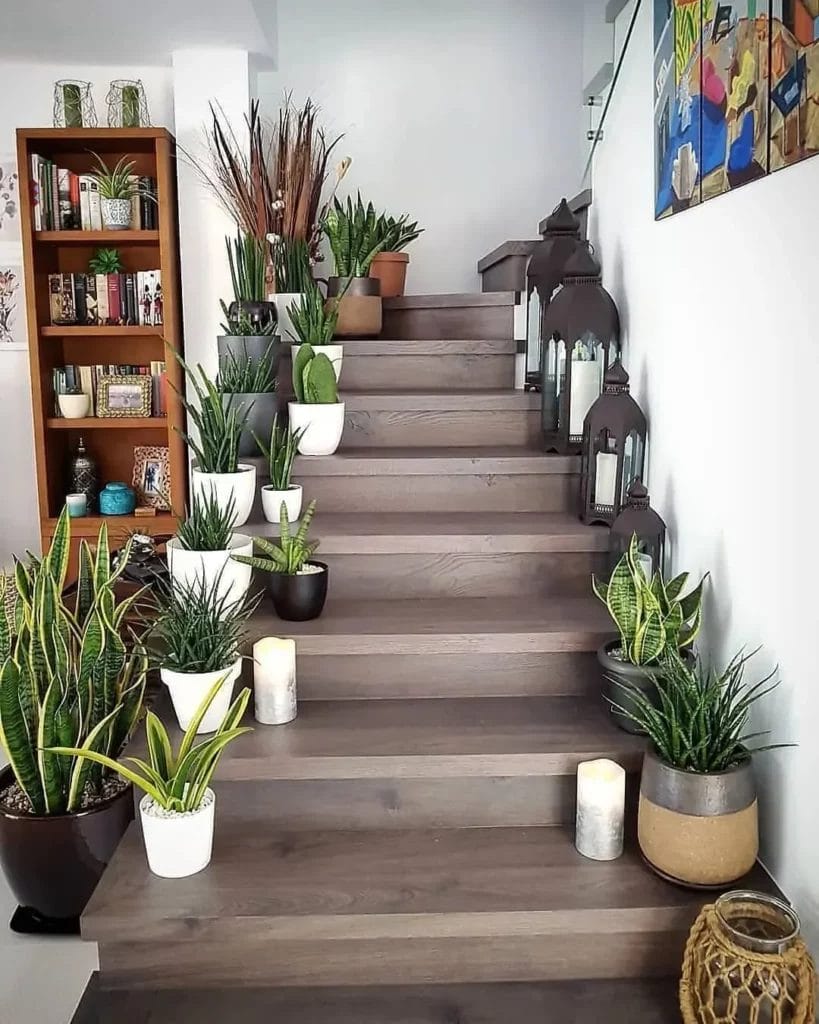Exploring the World's Rarest Houseplants and Where to Find Them
The pursuit of the world’s rarest houseplants often leads enthusiasts on a fascinating journey through the complexities of botanical rarity and the nuances of plant care. These plants, such as the elusive Variegated Monstera and the strikingly beautiful Philodendron Gloriosum, are not only treasured for their aesthetic appeal but also for the meticulous attention they demand. Sourced primarily from specialized growers in regions known for their horticultural expertise, these specimens embody the pinnacle of plant cultivation. As we explore the intriguing interplay between rarity, beauty, and cultivation, one wonders what insights and discoveries lie in wait within this verdant, lesser-known world.
Variegated Monsteras Overview
Variegated Monsteras, esteemed for their striking leaf patterns, are cultivated by a select few growers in Holland and Belgium due to their complex growth requirements and inability to be propagated through tissue culture.
These plants are prized for their unique beauty, which is characterized by natural variegation in their leaves. This variegation is not uniform, making each specimen distinctively appealing and highly sought after. The rarity and intricate care involved enhance their allure among connoisseurs.
Cultivators face the challenge of maintaining the delicate balance of light, humidity, and nutrition that these plants demand. This meticulous attention to environmental conditions guarantees that each Variegated Monstera thrives, thereby preserving its spectacular appearance and ensuring its continued rarity in collections.
Rare Philodendrons Highlighted

Among the pantheon of rare houseplants, Philodendrons such as the White Princess and Gloriosum hold a special place, renowned for their striking foliage and unique growing challenges. Collectors and enthusiasts cherish these varieties for their aesthetic appeal and the complexity they bring to plant care. The allure of these Philodendrons lies not only in their beauty but also in the mastery required to cultivate them successfully.
| Philodendron Type | Key Characteristics |
|---|---|
| White Princess | Variegated leaves, more accessible |
| Gloriosum | Large, heart-shaped velvety leaves |
Both varieties demand specific humidity and temperature conditions to thrive, emphasizing the dedication needed to maintain such rare specimens.
Other Exotic Houseplants
Diving deeper into the world of exotic houseplants, we explore species like the Solid Green Spider Plant and Epipremnum Amplissimum Silver Stripe, each with its own unique charm and cultivation challenges. These plants are not just visually striking but also offer profound connections through their care and growth.
- Challenge and Reward: Cultivating these plants requires a nuanced understanding of their needs, turning everyday care into a rewarding mastery.
- Rare Beauty: Their unique appearances are a constant source of visual delight and conversation.
- Personal Growth: Engaging with these plants can mirror one’s growth, as they respond vividly to attentive care.
- Legacy Creation: Developing expertise in their propagation can lead to sharing cuttings, spreading both beauty and knowledge.
Appeal of Rare Houseplants
The allure of rare houseplants primarily stems from their exclusivity and unique aesthetic qualities. Enthusiasts and collectors are drawn to these botanical rarities not only for their often spectacular and unusual appearances but also for the prestige associated with owning such scarce treasures.
The challenge of cultivating these plants, which frequently require specific and meticulous care, adds to their appeal, providing a gratifying endeavor for those dedicated to mastering their horticultural skills. Moreover, the rarity of these plants guarantees that each specimen stands out as a centerpiece, transforming ordinary spaces into extraordinary showcases of natural art.
The emotional investment in nurturing something so unique fosters a deep sense of pride and accomplishment among collectors.
Joy of Owning Rare Houseplants
Owning rare houseplants greatly enhances the aesthetic appeal and personal satisfaction of indoor gardening. These unique botanicals not only transform living spaces into vibrant areas of intrigue but also offer a fulfilling pursuit for the dedicated gardener. The emotional and aesthetic rewards of nurturing these plants are significant.
- Personal Achievement: Cultivating rare species requires knowledge and patience, leading to a profound sense of accomplishment as you watch each plant thrive.
- Unique Beauty: Each rare plant adds an irreplaceable and striking visual element to your home.
- Exclusivity: The rarity of these plants makes each addition to your collection a special treasure.
- Continuous Learning: The complex care needs of rare houseplants demand ongoing learning, making each day an educational experience.
Conclusion
To sum up, the quest for rare houseplants is similar to setting out on an epic botanical journey. These living gems, with their captivating variegations and textures, not only elevate the beauty of any space but also embody the peak of horticultural expertise.
Each specimen serves as proof of the deep connection between humans and the plant kingdom. Therefore, collectors are not simply caring for flora; they are curating a lush gallery of unmatched natural artistry.







